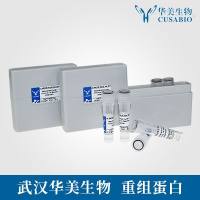Intracellular Multiplication of Legionella Species and the Influence of Amoebae on Their Intracellular Growth in Human Monocytes: Mono Mac 6 Cells and
互联网
639
Legionellae are important etiological agents of pneumonia. Legionella pneumophila (predominantly serogroup 1) is detected in most cases of legionellosis; other species only occasionally cause infections, predominantly in immunocompromized patients (1 –4 ). Aquiferous technical systems are the primary source of infection (air-conditioning systems, refrigerators, showers, whirlpools, springs, taps, moisturizing equipment, medical nebulizers, and swimming pools). Legionellae are present in the water in these systems, within the amoebae, flagellates, and ciliates in which they replicate (2 ,5 ,6 ). After inhalation of contaminated aerosols, the bacteria multiply intracellularly within alveolar macrophages (7 ). The ability to multiply within monocytic host cells is usually considered to correspond to pathogenicity (8 –13 ). The mechanisms of intracellular replication have been only partially characterized (recently summarized in ref. 14 ).









